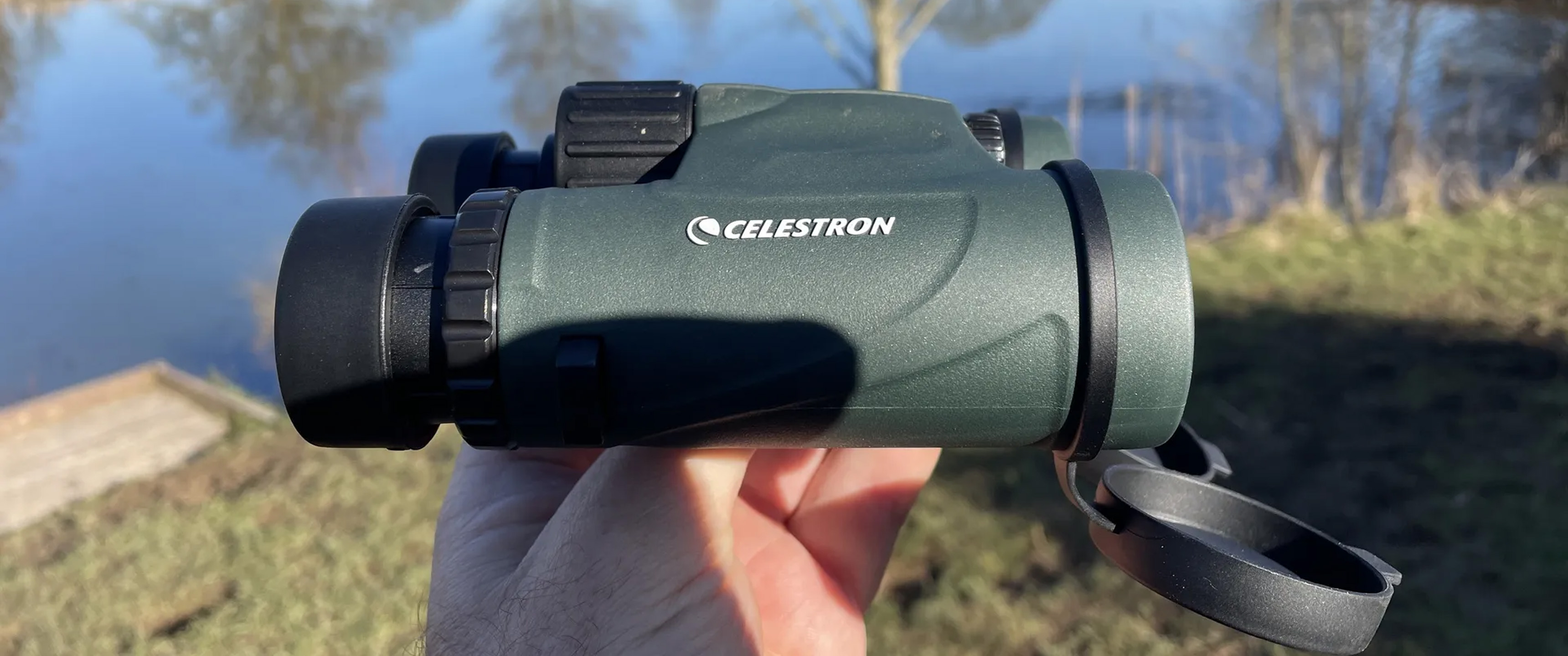Live Science Verdict
Although set at quite a low price point, we found the Celestron Nature DX 8x42mm Binocular a solid performer, given its magnification power. It’s tough in design and seems to be able to soak up a few bangs and scrapes in general use.
Pros
- +
Phasecoated BaK-4 prisms
- +
Waterproof
- +
Close focus of 6.5 feet
Cons
- -
Image softening around the edge of the view
- -
Mild chromatic aberration around the image edge
- -
Light weight makes for a low-quality feel
Why you can trust Live Science
Celestron has stated that these binoculars are intended for all-round use by beginners for both daytime and nighttime observations. They are, therefore, geared toward the budget end of the market. In this endeavor, they have met and surpassed expectations.
Magnification: 8x
Objective lens diameter: 42mm
Prism type: Roof
Exit pupil: 0.2 inches (5.25mm)
Lens coatings: Fully multi-coated
Field of view @ 1,000 yards: 388 feet (129m)
Minimum focusing distance: 6.5 feet (2m)
Eye-relief: 0.69 inches (17.5mm)
Weather sealing: Waterproof
Tripod adaptable? Yes
Dimensions: 5.3" x 4.9" x 2"(135mm x 126mm x 52mm)
Weight: 22.2 oz (629g)
Because of their lightweight construction and small size, they lend themselves to being used by children, which would put them into contention for our best binoculars for kids guide. But although they’re lightweight, they appear to be well made, with rugged outer armor, and are rated as waterproof on the manufacturer's website.
The inclusion of phase coatings on the glass is unusual at this price point, and we found the clarity of these binoculars to be surprisingly good.
We tested the green variant of these binoculars and found the design to be visually appealing, with a light, compact form. Easily capable of being chucked in a rucksack for casual viewing while out walking, etc, these binoculars seem to fit their design brief well.
Celestron Nature 8x42 review
Design & Comfort
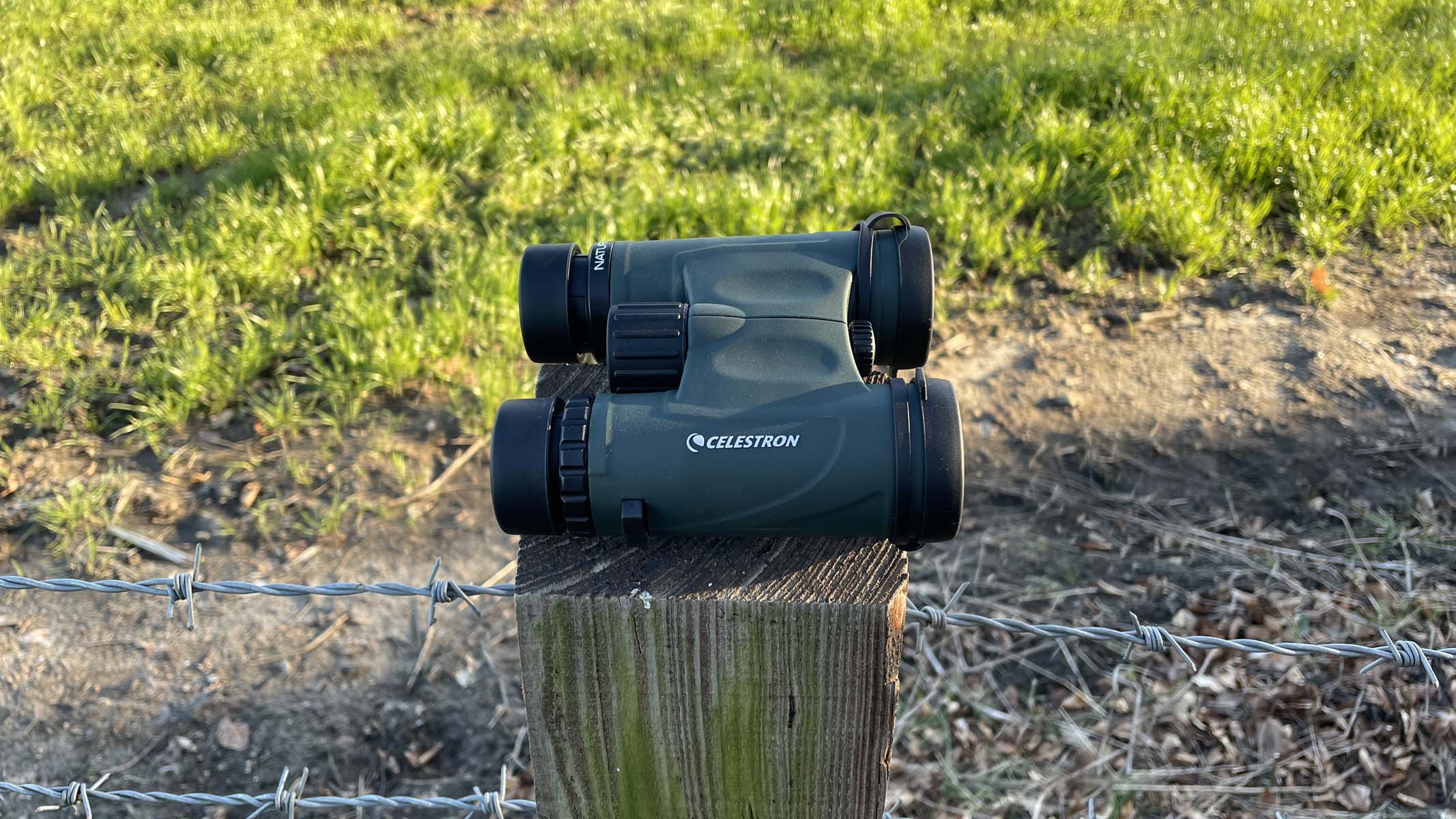
- Durable polycarbonate housing
- Lightweight
- Waterproof
The Celestron Nature DX 8x42mm binoculars weigh just 1.39 pounds (626 grams) and are small enough to go in an oversized pocket, making them very easy to carry on a long walk. They are sturdily built and have a waterproof casing with a good grippy material right where you need it. They fold out very smoothly, and the focus wheel is nicely weighted.
For their price, we were pleased with how nice they felt to use. It's possible to use them while wearing gloves, which was lucky as part of our test included a beach walk in high winds, where they coped really well with being taken in and out of a coat pocket as birds and views were explored.
The Celestron Nature DX 8x42s come with a small shoulder bag, which seems to be resilient to most types of inclement weather. Also included is a neck strap made of thin nylon with the usual plastic adjusters. We found this to be OK in use: the Celestron Nature DX 8x42 is so light that the plastic cushion is enough to spread its weight evenly, preventing neck aches. The child helping with our test found them comfortable even after a five-mile walk with them around their neck.
Get the world’s most fascinating discoveries delivered straight to your inbox.
The eyecups are twistable to enable glasses to be worn while in use, and are stiff enough to stay in place after adjusting. There was 0.9 inches (22.9 millimeters) of eye relief, and we found this enough to be comfortable for most of our testers.
They look more expensive than their actual price, and the design is compact and functional. Our test pair came in green, which further added to their appeal.
Optics
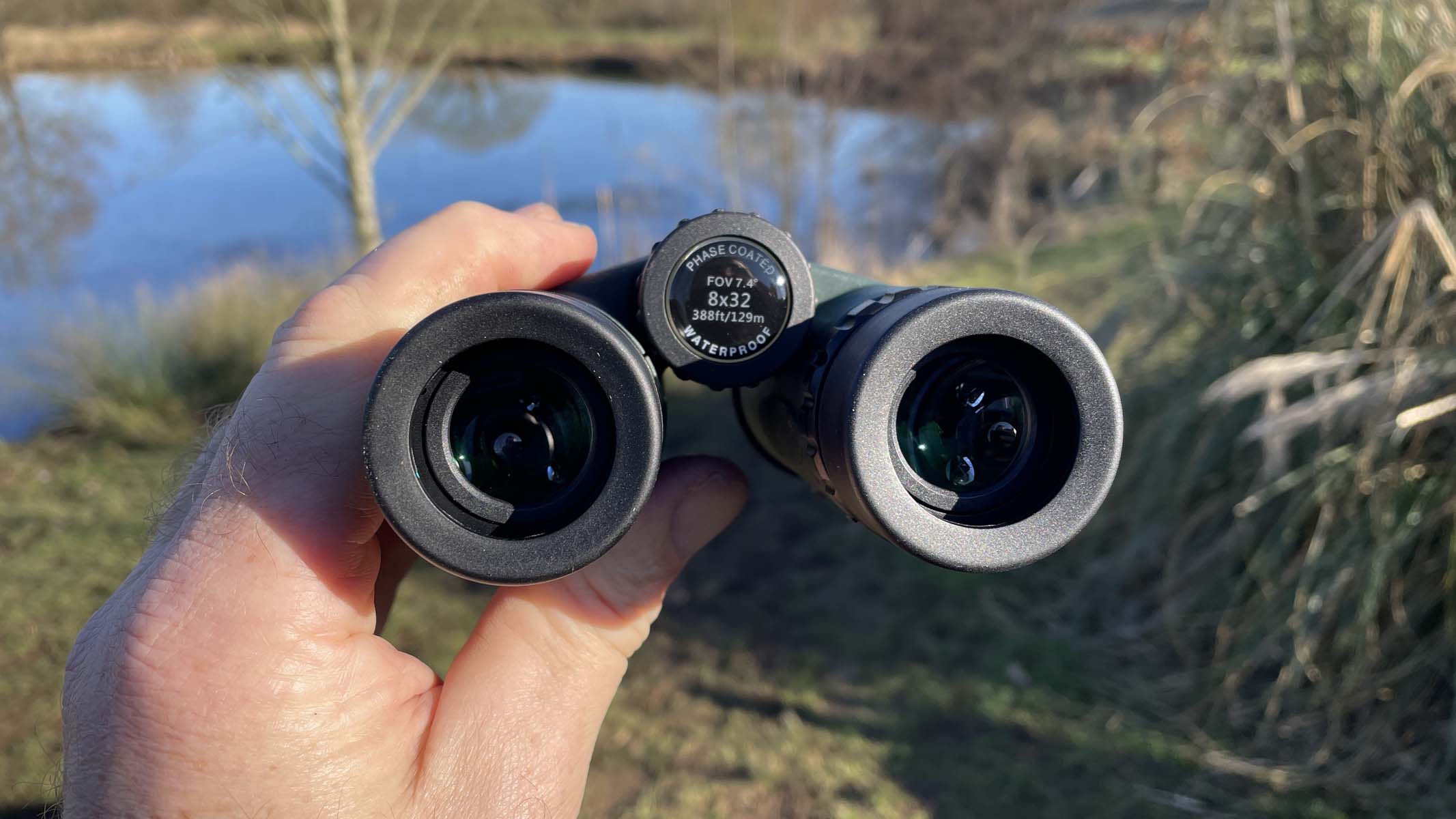
- BaK-4 phase-coated prism glass
- Fully multi-coated lenses
- Close focus of 6.5 feet
The Celestron Nature DX 8x42s have phase coatings on the prism glass. This is unusual at this price point and is a welcome addition. In our tests, this helped to provide impressive clarity and sharpness for a binocular at this price point.
The 8x magnification is more than enough for beginners, and for amateur birdwatchers and astronomers. This level of magnification helps keep the binoculars small and lightweight, and also helps with getting sharp views even without a tripod — useful if the binoculars are to be used by the whole family.
The objective lens diameter of 42mm lets in enough light during the day to enable the binoculars to be used well into dusk. We found that the image is sharp across the center of view but does soften toward the edges. This is where the low price really shows its effect on the overall quality of the image, although the coatings are able to provide surprising resolution and decent contrast for a budget bino.
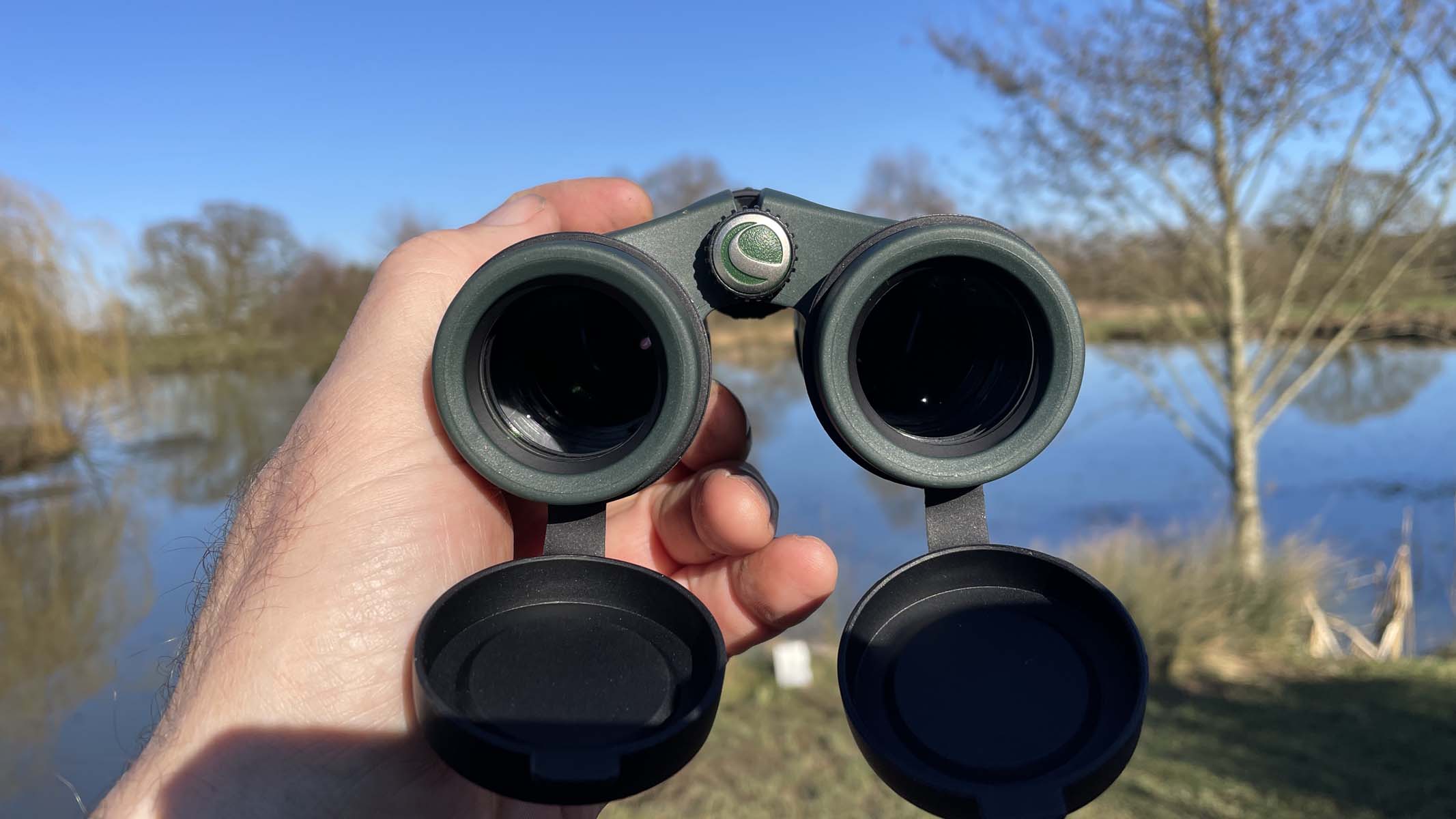
On a dark, overcast day during our tests, the 42 mm lens gathered enough light to present a reasonable amount of detail, but as the light faded, so did the sharpness of the image. Celestron has a large range of magnification/lens diameters in its Nature line, and it may be worth trying out some of the larger, more powerful models in the range, such as the 10x50mm variant.
With an angular field of view of 7.4 degrees, the Celestron Nature DX 8x42s are about average in this area. Because they are small, the interpupillary distance is limited, so we found that an observer's eyes have to be quite close together to be comfortable to use. This would make them particularly well-suited for children.
What we saw
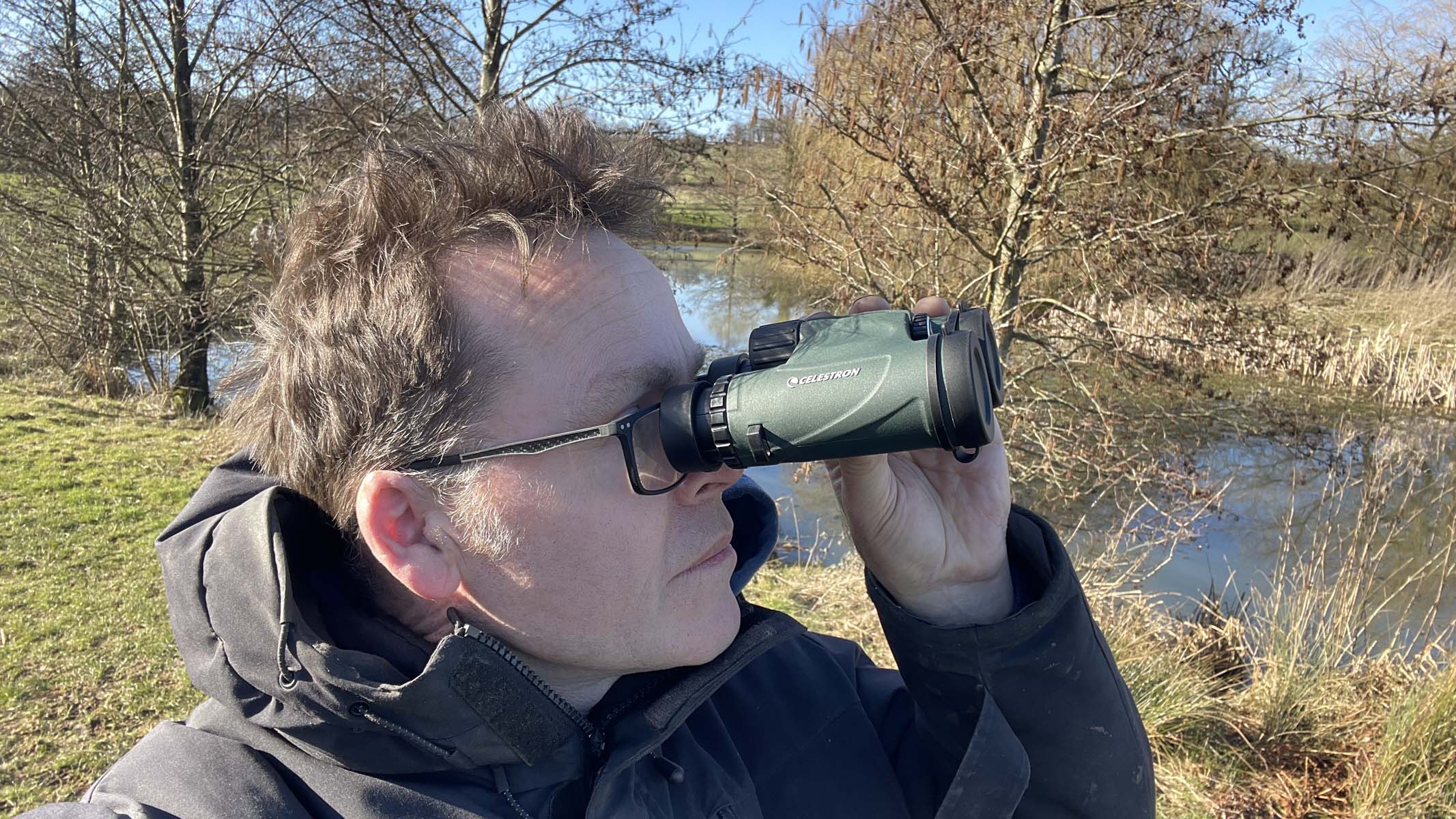
- Easy to carry and quick to focus
- No problems with fogging
- Poor performer in low light
We tested the Celestron Nature DX 8x42s over a week-long period. During this time, we found their small size and low weight meant that you could forget you were carrying them at times, and they enhanced activities rather than causing problems or niggles. Our locations included a visit to the Jurassic coast, where we found the usual seabirds and ships, but also fossils on the side of the cliffs. They are so unobtrusive that we found we were using them while walking, when other, heavier models would be in a rucksack and therefore less accessible.
They seemed to be pretty well sealed against the elements, and at one point, retreating to a cafe to avoid bad weather, we found no fogging, which we were pleased with.
The only real problems encountered were that the neck strap came loose and the small plastic binder dropped off, causing the tester to nearly drop the binoculars. They also gave us disappointing low-light performance. We found that as light levels dropped, so did the sharpness of the images. Considering the price, though, this isn’t too much of an issue.
Verdict
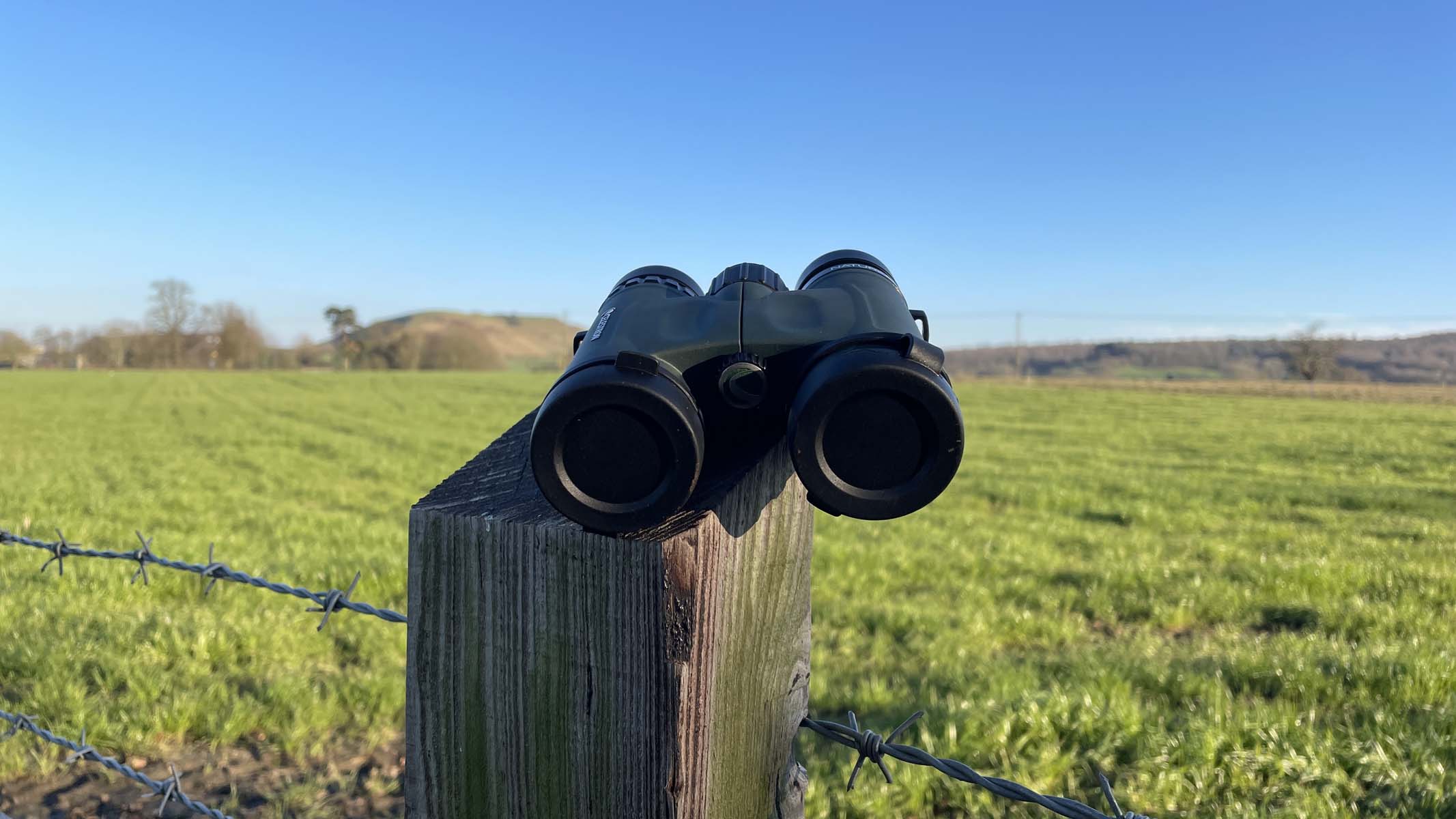
✅ You want a good all-around beginner’s binocular: Their size and specs are ideal for beginners.
✅ You want a lightweight and convenient optic: They're very easy to carry around.
❌ You want pin-sharp images: Consider investing a bit more.
❌ High magnification is required: 8x magnification is too low for long-distance viewing.
The inclusion of phase-coated prism glass at this price is unusual and is a welcome addition to Celestron's overall quality and usability. They are small enough to be comfortable for extended use by both adults and children. The price is very competitive, and if you are just starting out in the bird-watching hobby or are thinking of getting into some casual lunar astronomy, the Celestron Nature DX 8x42 is a good choice.
The low price of the Celestron Nature DX 8x42 does have some downsides. Even with fully coated lenses, the light transfer with the 42mm objective lens is less than ideal. It limits the use of the binoculars at the times of day when most bird activity is apparent, and obviously limits nighttime usability.
They are built to a price, and some of the materials feel cheap to touch, but we did find that everything worked as it should, apart from the strap falling apart.
If the Celestron Nature 8x42 isn't for you
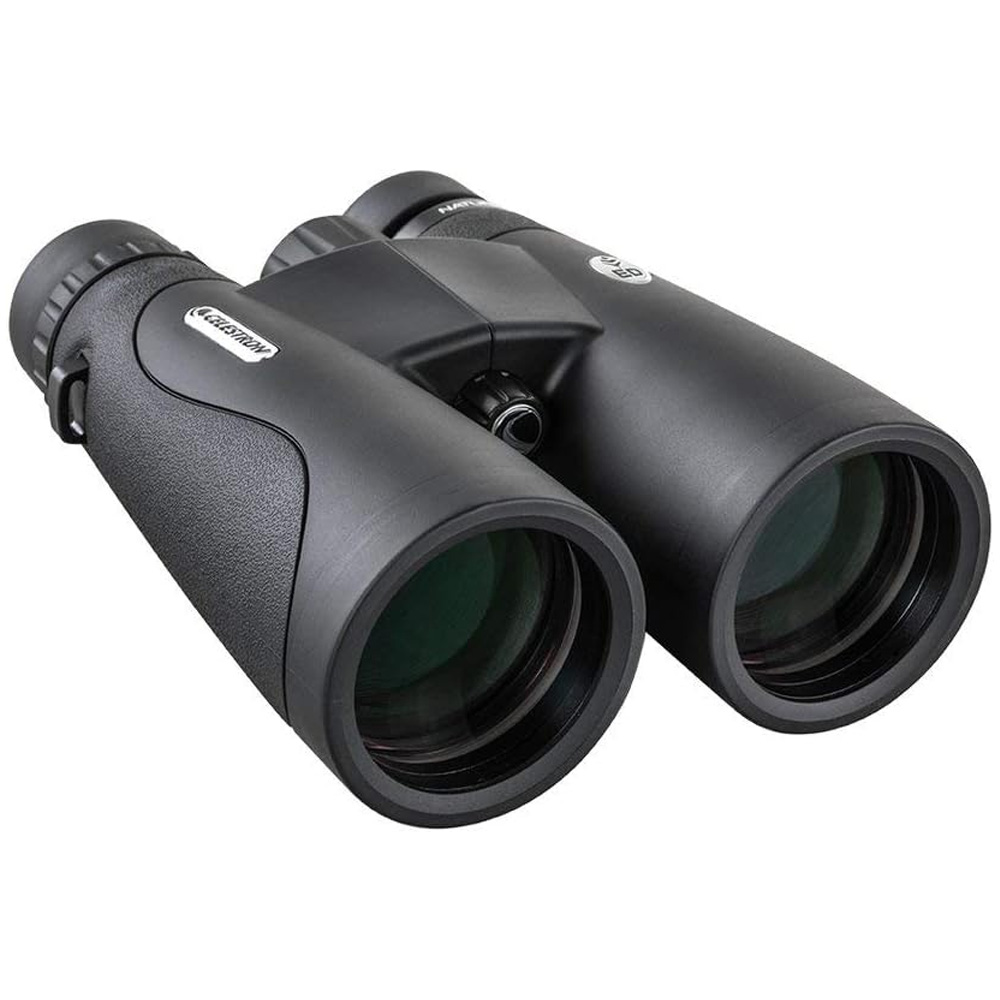
If these binoculars don’t fit the bill, try the slightly larger and more powerful Celestron Nature DX ED 10x50, which will be better in low-light situations but still great for general purposes.
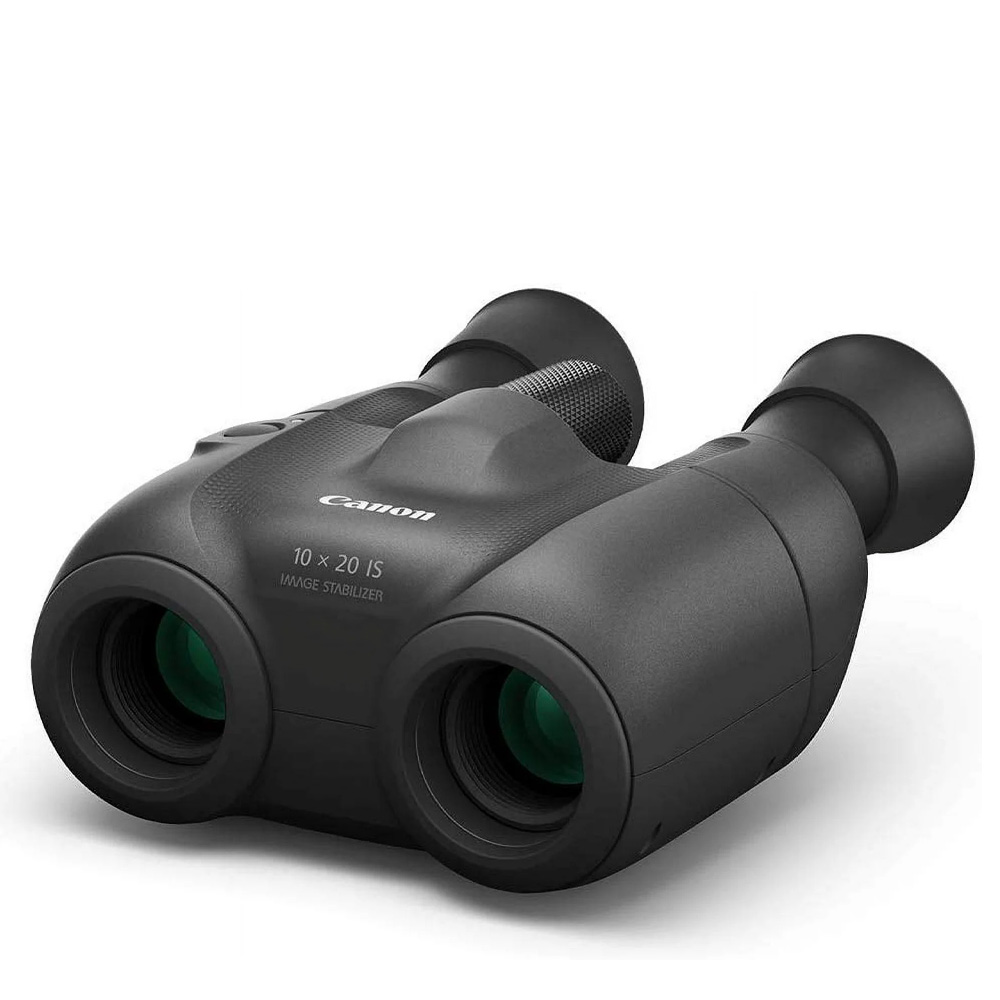
If you want a small pair of binoculars with image stabilization that won't break the bank, we loved the Canon 10x20 IS.
Read our full Canon 10x20 IS review
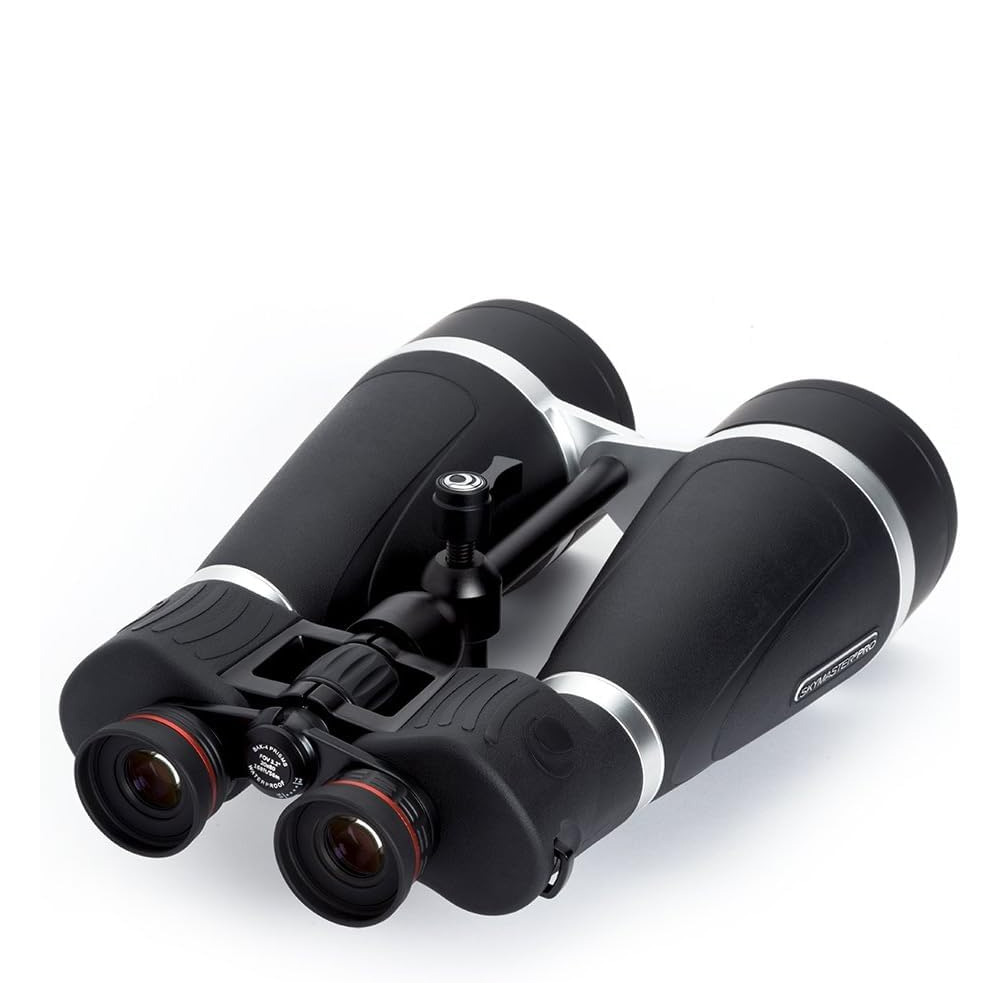
Astronomy binoculars require high magnification and large objective lenses — we think the Celestron SkyMaster 20x80 Pro are the best binoculars for stargazing.
Read our full Celestron SkyMaster 20x80 Pro review
How we tested the Celestron Nature DX 8x42
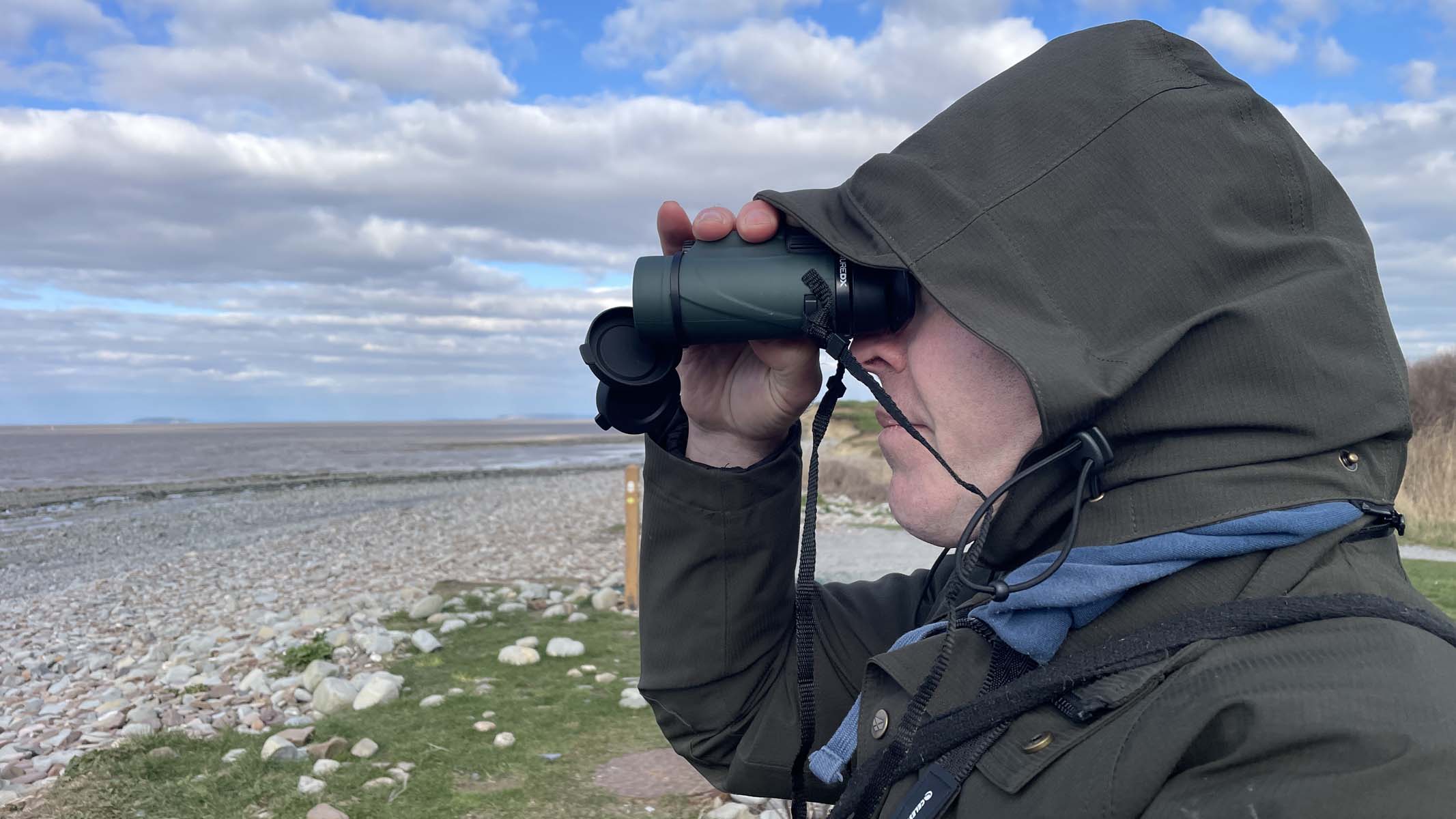
We tested the Celestron Nature DX 8x42mm in various locations for both astronomy and bird-watching. The astronomy part of the test was done in a Bortle 3 dark sky reserve during the recent Worm Moon phase, and on location in a nature reserve on the U.K.’s Devonshire coast. The binocular was put through its paces in all types of testing conditions, from bright, hot sunny days to colder days with torrential rain, in order to emulate real-world conditions.
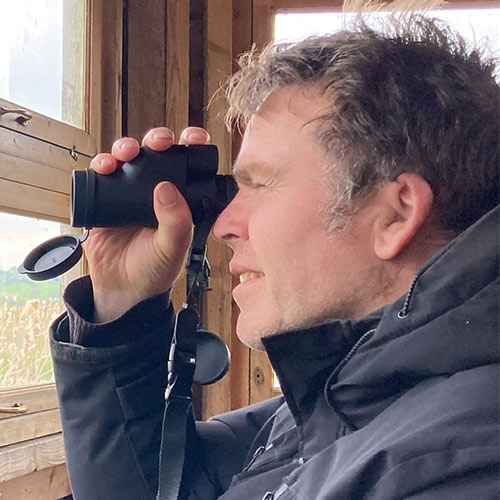
Matt Morris is a keen astronomer, wildlife watcher and photographer living in Somerset, UK. He started stargazing and birdwatching at the age of 10 with his father who took him to bird hides and nature reserves around England. This sparked his interest in cameras and optics, a passion that has now spanned the better part of four decades and led to his being featured in several national photography magazines for competition-winning photos. Matt has had deteriorating eyesight in one eye over the last few years due to being Type-1 Diabetic. This has led him to develop a special interest in optics, spurring his passion for bird watching and wildlife spotting.
You must confirm your public display name before commenting
Please logout and then login again, you will then be prompted to enter your display name.
